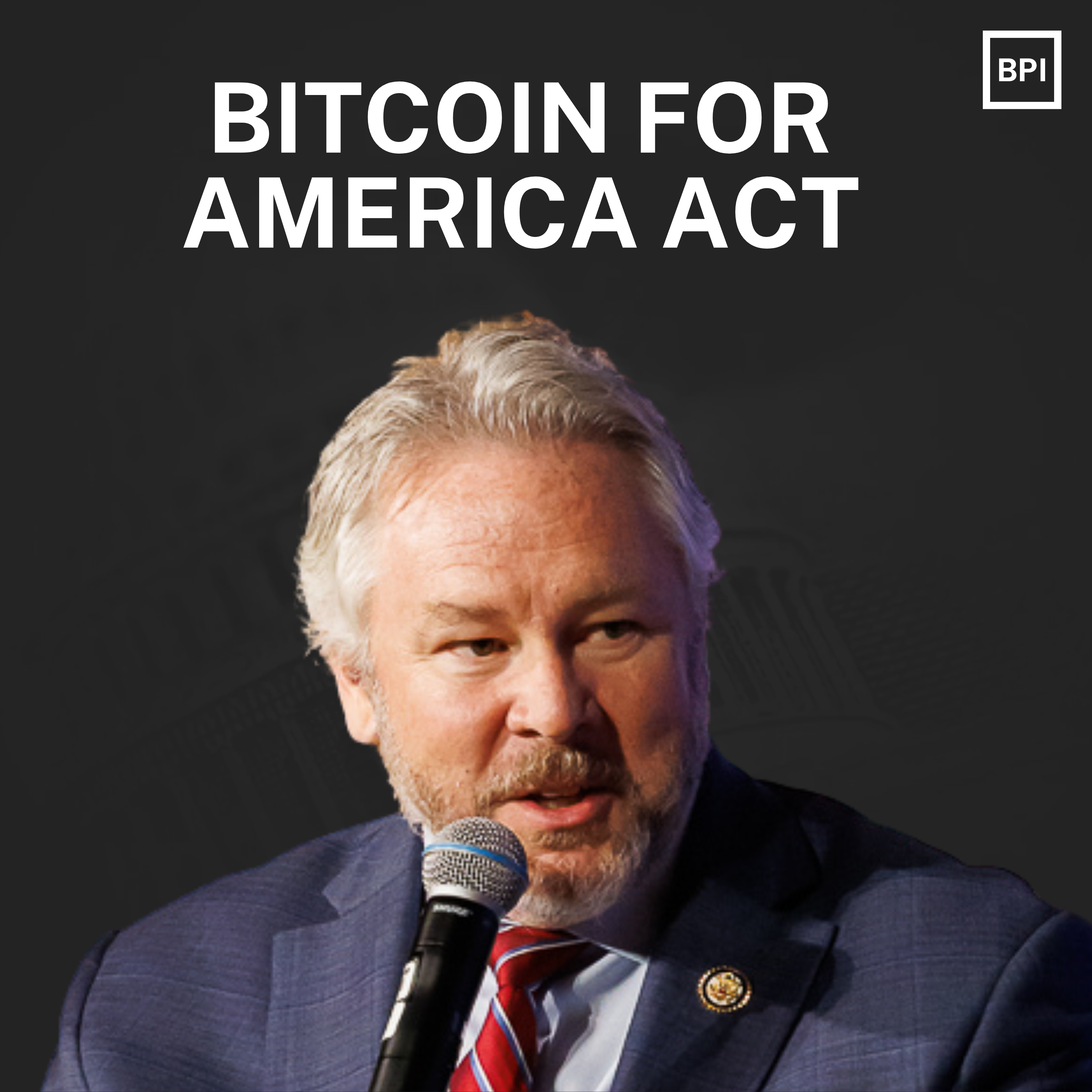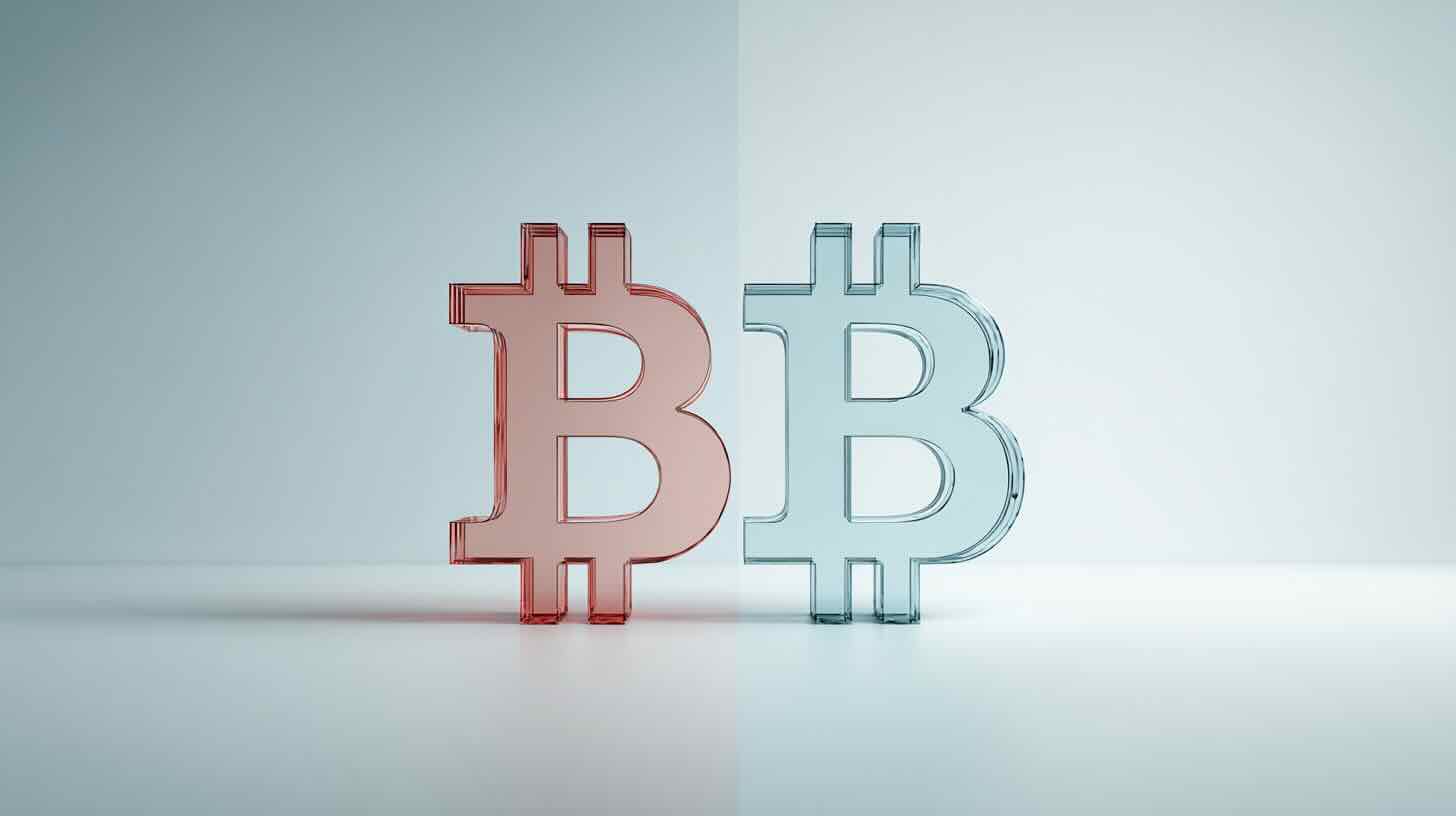Perspective on the White House’s Digital Asset Framework
A blog post from BPI Director of Communications Ian Gaines in response to the White House's "First-Ever Comprehensive Framework for Responsible Digital Asset Development".

Decentralized monetary networks like bitcoin are fundamentally changing how the global economy transfers value. Responsible leadership from the U.S. will play a critical role in this trend. I am encouraged by the administration's first steps toward establishing a regulatory framework, anchored and guided by the same democratic principles that have propelled our country's success at every stage of technological innovation. Those principles must of course preserve privacy, security, human rights, equitable access, and freedom of individual choice.
I am pleased to see this report’s calls for federal agencies to continue researching decentralized networks. In those efforts, Bitcoin Policy Institute will continue to offer its assistance.
I believe the following issue areas deserve further analysis and consideration as the White House begins developing its regulatory framework.
Environmental Impact and Digital Asset Energy Use
Proof-of-work (PoW) mining could prove instrumental in accelerating renewable energy production, stabilizing a greener grid, and curbing methane emissions. In a highly competitive zero-sum market, miners are incentivized to use the lowest-cost energy sources, predominantly renewables. This profit-driven incentive leads many enterprises to develop creative methane cleanup strategies for economic advantage. As a result, novel synergies are arising in perhaps unlikely places. For example, a few innovative companies power PoW miners by capturing methane emissions from pig waste at farm sites. Other firms are partnering with oil and gas companies to capture flared emissions that otherwise would be wasted. Considering landfills are responsible for roughly 30% of global methane, and agriculture accounts for 26% in the U.S., waste cleanup as an economical solution is attracting the country's most forward-thinking entrepreneurs.
Countering Illicit Activity
Any investigations into illicit digital asset financial activity should be implemented with precision. In the comprehensive framework, SEC and CFTC intend to "aggressively pursue investigation" broadly, and target nodes that pose national security risks. Opaque broad brush regulatory enforcement without the requisite knowledge of system-level operations may invoke more harm than good. Decentralized nodes validate transactions randomly batched together on a public ledger. Node operators possess zero insight into the identities of either senders or recipients and can neither control, censor, or negate transactions that are proven to be valid. For example, suppose a user in Salt Lake City elects to run Bitcoin's open-source software (node), in that case, she is entirely unaware of the location or purpose of confirmed transactions she validated from criminal (A.) in Denmark to criminal (B.) in Morroco - bearing no awareness of the particular 'purpose' of private key movement. Comparable to the extent that gas station attendants are not assumed criminally liable for accepting physical cash - that at some point in circulation - was used for illicit activity. Agencies' standards, practices, and procedures should align in accordance with the technical nuances of the distributed ledgers they oversee. Doing so will optimize energy and resource allocation and avoid unintended consequences that may stifle innovation.
Freedom of Choice: CBDCs and Bitcoin
Instant payment system "FedNow" and the development of CBDCs - which may interoperate with FedNow’s payment rails - bring into question several cascading implications beyond this piece's purview, including, but not limited to, the role of state and society relationships, structural issues, privacy rights, and security vulnerabilities. However, the digital path we take as a nation should follow the principles of freedom of choice and popular sovereignty.
The store of value of our current U.S. monetary infrastructure is the U.S. dollar which is backed by the full faith and trust in the government (formerly gold). Our Fedwire works as our final settlement network. And financial services such as Visa and Mastercard carry out the majority of high-volume transactions that enables an efficient medium of exchange system. Integrating CBDCs across the Fednow payment rail will consolidate all three functions of a functioning monetary infrastructure into one central operation.
Alternatively, Bitcoin is a truly decentralized and permissionless value network that allows self-custody as a digital bearer asset. Its audibility, scarcity, and immutability are unsurpassed to date, making it both a promising store of value and already a well-established settlement network. Bitcoin Lightning Network (L.N.) - has a theoretically higher transaction per second (TPS) by an order of magnitude vs. Visa's 24,000 TPS - and is proving to become a more credible medium of exchange as adoption rates continue to increase globally. Together, Bitcoin and the Lightening Network create the first ever globally accessible, neutral value transfer network that satisfies all three primary functions of a monetary infrastructure without requiring the permission of any central intermediary.
Functionally speaking, these protocols can coexist and interoperate according to the user's needs. My hope is that regulators resist the urge to pick winners and losers, allowing Americans to decide which combination of public and private monetary networks work best for them individually. I look forward to continuing our efforts at BPI to educate around these topics.



.svg)


.png)
%20copy%205.png)

